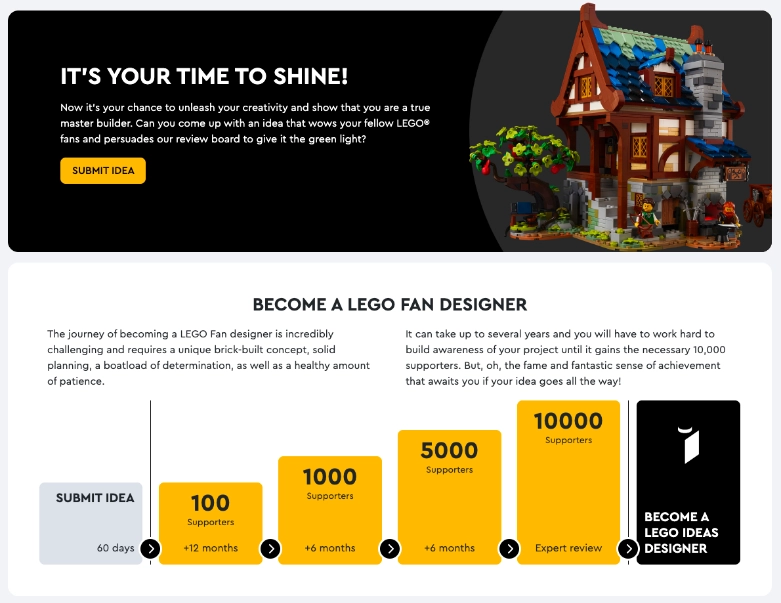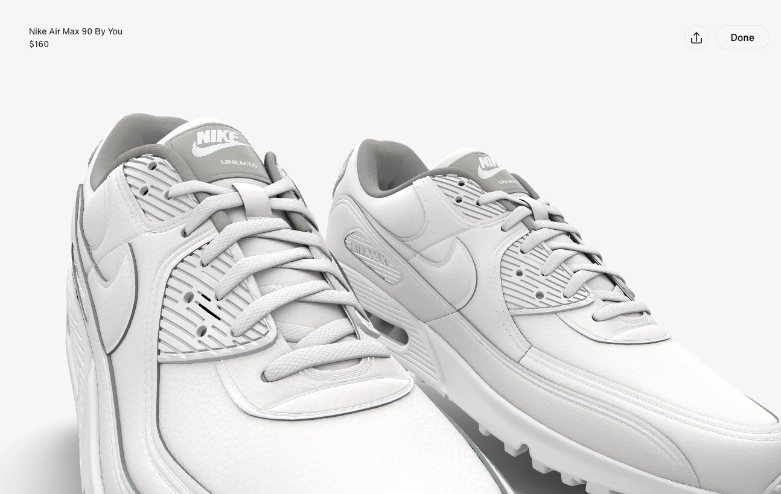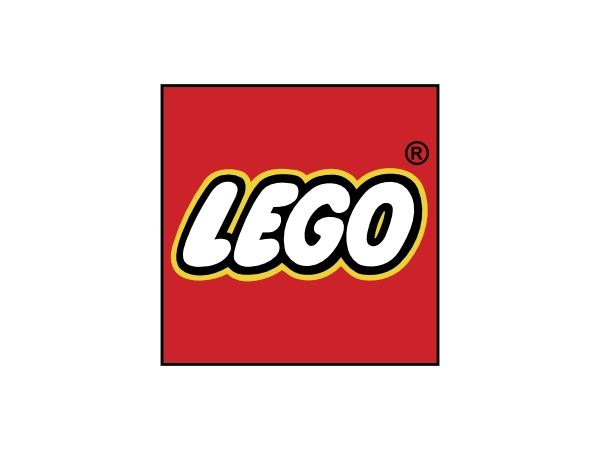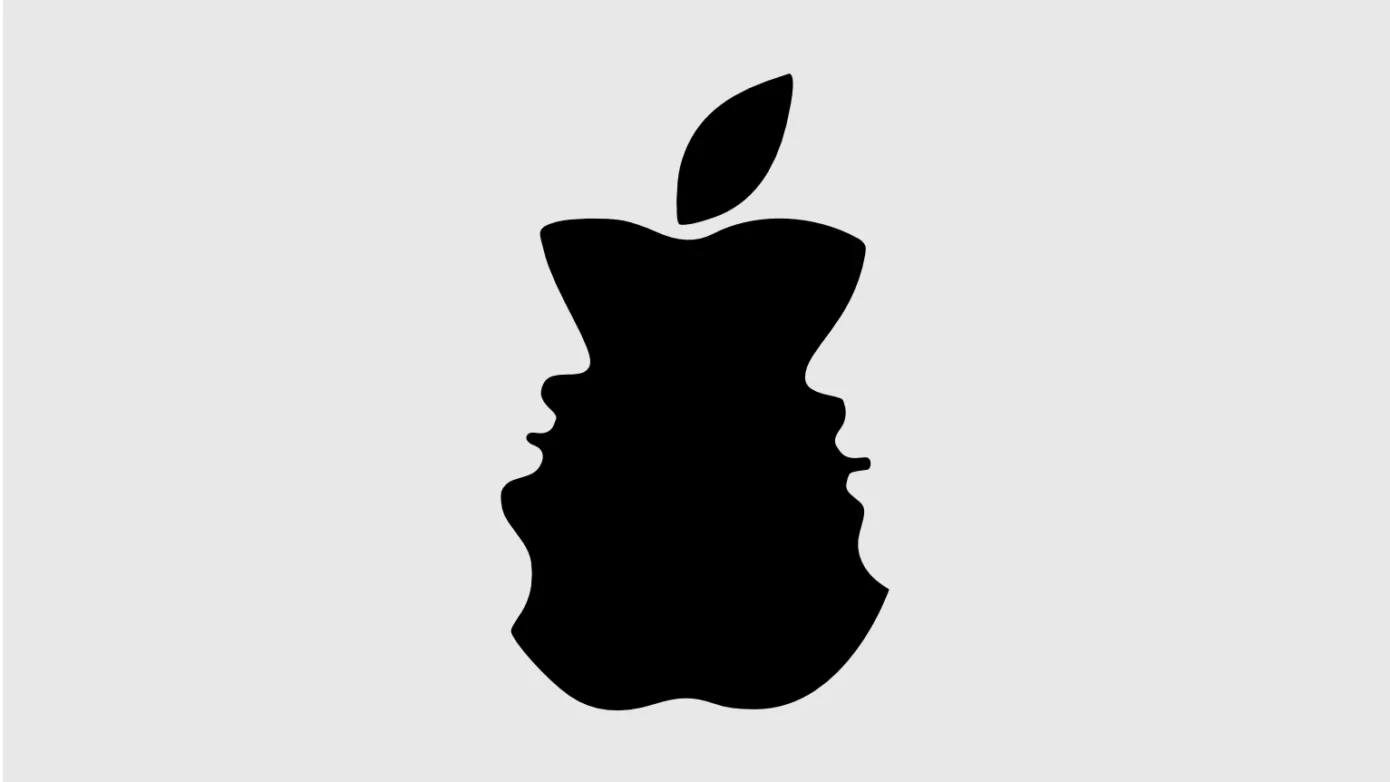Great brands aren’t built in isolation
Branding used to be a monologue, businesses talked, customers listened. But the market has evolved, and the most powerful brands today aren’t dictated from the top down. They use co-creation, shaped by collaboration between businesses, customers, and communities.
The old way? Brands operated like fortresses, creating their identities in secret and unveiling them with great fanfare. The new way? Brands that thrive today invite people inside, making them part of the process. Because when customers help shape a brand, they don’t just buy from it, they believe in it. Let’s explore how co-creation and collaboration can elevate your branding strategy beyond the predictable and into the unforgettable.

What is co-creation in branding?
Co-creation is when brands and their audiences build something together, whether it’s a product, a campaign, or an entire brand identity. Instead of guessing what customers want, brands invite them into the creative process, leveraging collective insights to develop something better than they could alone. This can take many forms:
Partnerships & Collaborations
Brands join forces to create something greater than the sum of their parts.
User-Generated Content (UGC)
Customers create content that fuels your brand narrative.
Customer Feedback Loops
Product features and brand messaging evolve based on real user input.
Brand Communities
Fans actively shape and refine the brand’s direction.
Why collaboration is a brand’s superpower
Think of a brand as a story. A story written by one person is limited by a single perspective. A story shaped by many voices? It’s layered, dynamic, and undeniably human. Collaboration injects new energy, insights, and perspectives into your brand. Here’s why it works:
Authenticity
Co-created brands feel real because they’re built with real input.
Loyalty
People support what they help build. Give them a role, and they’ll become evangelists.
Innovation
Fresh perspectives break stale cycles. Co-creation brings ideas you’d never think of alone.
Market Validation
Instead of launching blind, you test, refine, and launch with confidence.

Steps to co-create
Step 1 Define what you’re co-creating
Not every brand element needs public input. Identify which aspects benefit from collaboration, product design, messaging, campaign concepts, community engagement. Structure it so input enhances, not derails, your core vision
Step 2 Involve the right people
Collaboration isn’t about asking everyone for input. Identify your key stakeholders, customers, employees, influencers, creative partners, who add the most value. The right mix ensures insight without chaos.
Step 3 Build two-way conversations
Co-creation only works when brands listen as much as they talk. Use surveys, beta programs, social media polls, and community discussions to gather insights and adapt accordingly.
Step 4 Recognize and reward contributors
People invest in what they’re acknowledged for. Give credit where it’s due, feature top contributors, spotlight user-generated content, or offer exclusive perks to those shaping your brand’s evolution.
Step 5 Stay agile and iterate
Collaboration is ongoing. Treat your brand like software, constantly testing, refining, and evolving based on real-world interactions.
Co-creation in action
Co-creation like this not only shows your customers that you’ve listened to them, but it also strengthens the connection between your brand and your audience. Customers feel valued and heard, and they become more invested in the success of the product. When you work together to create something, the result is a product that’s far more meaningful, both for your business and your customers.

Lego
Fans submit design concepts for new sets, and the best ideas go into production with royalties paid to the creators. A true community-driven brand evolution.

Nike
Nike hands creative control to customers, allowing them to design custom shoes that align with their personal style. Not just personalisation, true participation.

Spotify
Spotify Wrapped is a yearly data-driven storytelling where users’ listening habits shape one of the most anticipated marketing campaigns of the year. The audience is the brand narrative.

Affinity Serif
Affinity Serif funds and mentors creatives, ensuring their brand is actively shaped by the people who use its products. It’s marketing, research, and product development rolled into one.
Conclusion
The best brands aren’t built for people; they’re built with people. Co-creation is a competitive advantage in a world where authenticity, engagement, and innovation drive success. If you want a brand that resonates, don’t be shy, ask your customers what they want, gather insights, and involve them in the process. The best ideas come from co-creation and collaboration innovation. As I often say, the more brains the more colorful the output! And one of the most powerful ways to innovate is by involving your customers directly in the creation process.
So, how will you let your audience shape your brand?

Leave a Reply